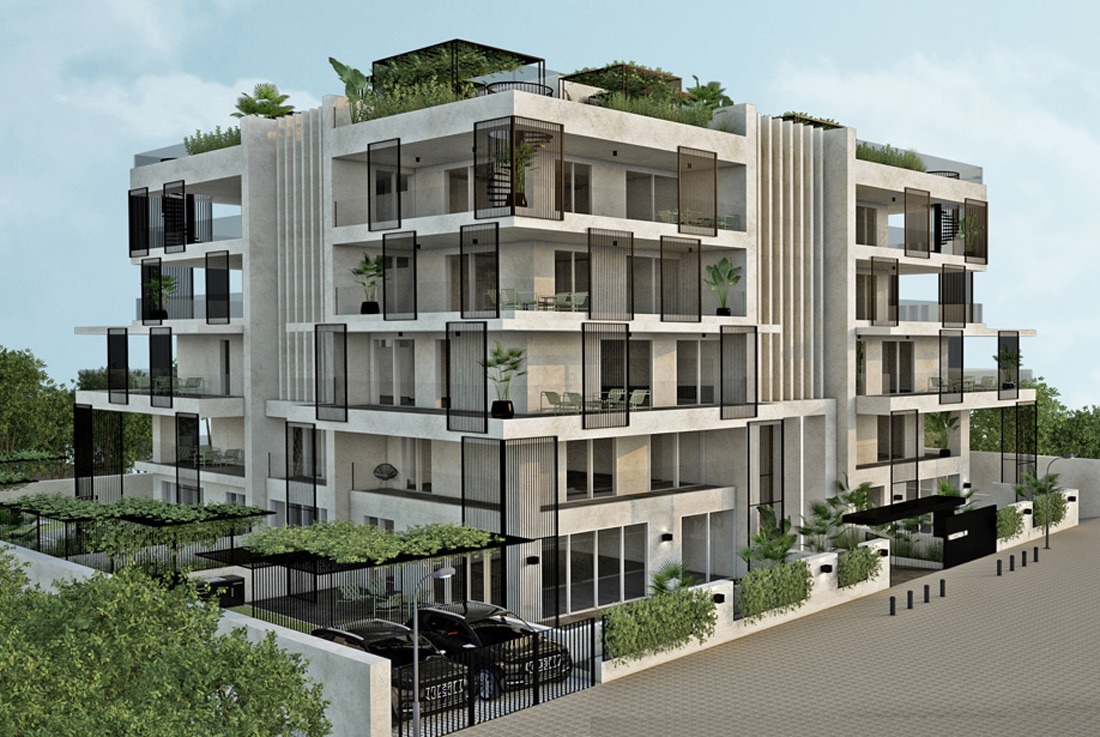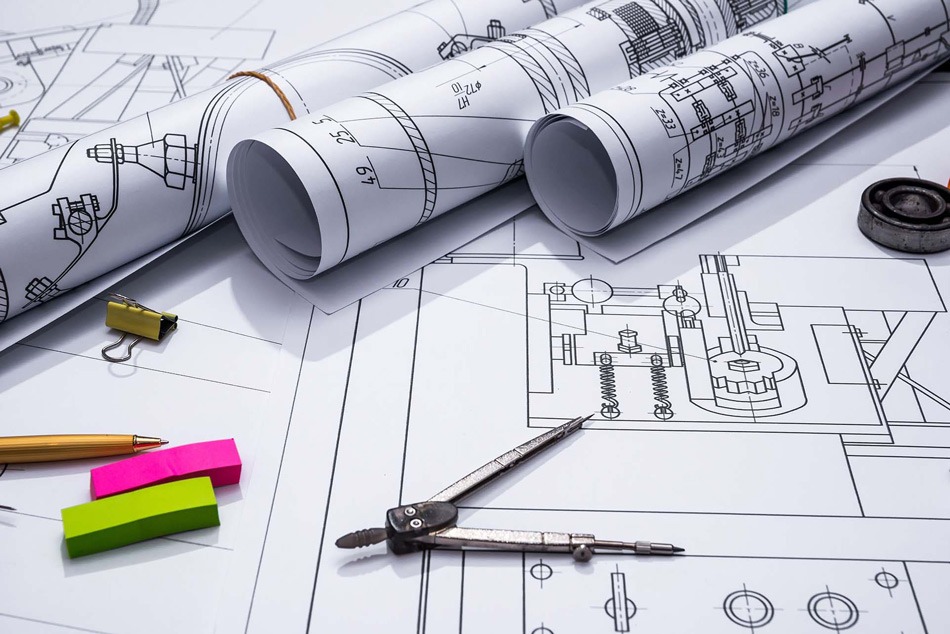Residential structural design
Residential structural design is an important aspect of building homes in Texas. Texas is a large state with diverse geographical features, which means that designing a residential structure can vary depending on location, climate, and the type of soil. The design of foundations, framing, and other structural systems plays a crucial role in the safety, durability, and functionality of a residential structure. In this article, we will explore the differences in designing foundations, framing, and other structural systems for residential homes in Texas.
Foundations
Foundations are the most important part of any residential structure. They are responsible for transferring the load of the structure to the ground, and they must be designed to withstand the forces of nature, including earthquakes, hurricanes, and floods. The type of foundation used in residential construction in Texas varies depending on the type of soil and the climate.
In Texas, the most common types of foundations are slab-on-grade, pier-and-beam, and basement foundations. Slab-on-grade foundations are the most popular type of foundation in Texas due to the abundance of flat land and the relatively low cost of construction. Pier-and-beam foundations are common in areas with expansive soils, as they allow for the structure to move with the soil. Basement foundations are not as common in Texas, but they are used in areas with severe weather conditions.
The design of foundations in Texas must take into account the soil type, which can range from rocky to sandy to clay. The foundation must be designed to withstand the pressures of the soil, including the weight of the structure and any lateral forces that may be exerted on it. Additionally, the foundation must be designed to withstand the effects of climate, such as drought, flooding, and high winds.
Framing
Framing is another important aspect of residential structural design in Texas. Framing refers to the construction of the walls, roof, and floor system of the structure. The type of framing used in residential construction in Texas varies depending on the design of the structure and the climate.
In Texas, the most common type of framing used is wood framing. Wood framing is popular due to its versatility and relative low cost. Steel framing is also used in some areas of Texas, particularly in regions prone to high winds and severe weather conditions. Masonry construction, which involves the use of materials such as brick, stone, and concrete, is also used in some areas in Texas, particularly in urban areas.
The design of framing in Texas must take into account the climate and weather conditions. Texas has a variety of climatic conditions, ranging from hot and humid to dry and arid. The framing must be designed to withstand the effects of climate, including high winds, heavy rainfall, and extreme temperatures.
Other Structural Systems
Other structural systems in residential construction in Texas include the roof system, the wall system, and the floor system. The type of system used in residential construction in Texas varies depending on the design of the structure and the climate.
In Texas, the most common type of roof system used is the pitched roof system. The pitched roof system is popular due to its ability to shed water and resist wind forces. Flat roof systems are also used in some areas of Texas, particularly in urban areas. The type of wall system used in residential construction in Texas varies depending on the design of the structure and the climate. In some areas of Texas, masonry walls are used, while in others, wood-framed walls are more common. The floor system in residential construction in Texas usually consists of a concrete slab or a wood-framed floor system.
Conclusion
Residential structural design in Texas is a complex process that requires careful consideration of a variety of factors, including the soil type, climate, and weather conditions. The design of foundations, framing, and other structural systems is crucial to the safety, durability, and functionality of a residential structure. In Texas, the most common types of foundations are slab-on-grade, pier-and-beam, and basement foundations, while wood framing is the most common type of framing used. The type of system used in residential construction in Texas varies depending on the design of the structure and the climate. When designing a residential structure in Texas, it is important to work with an experienced structural engineer who has a thorough understanding of the local climate and soil conditions.


















































